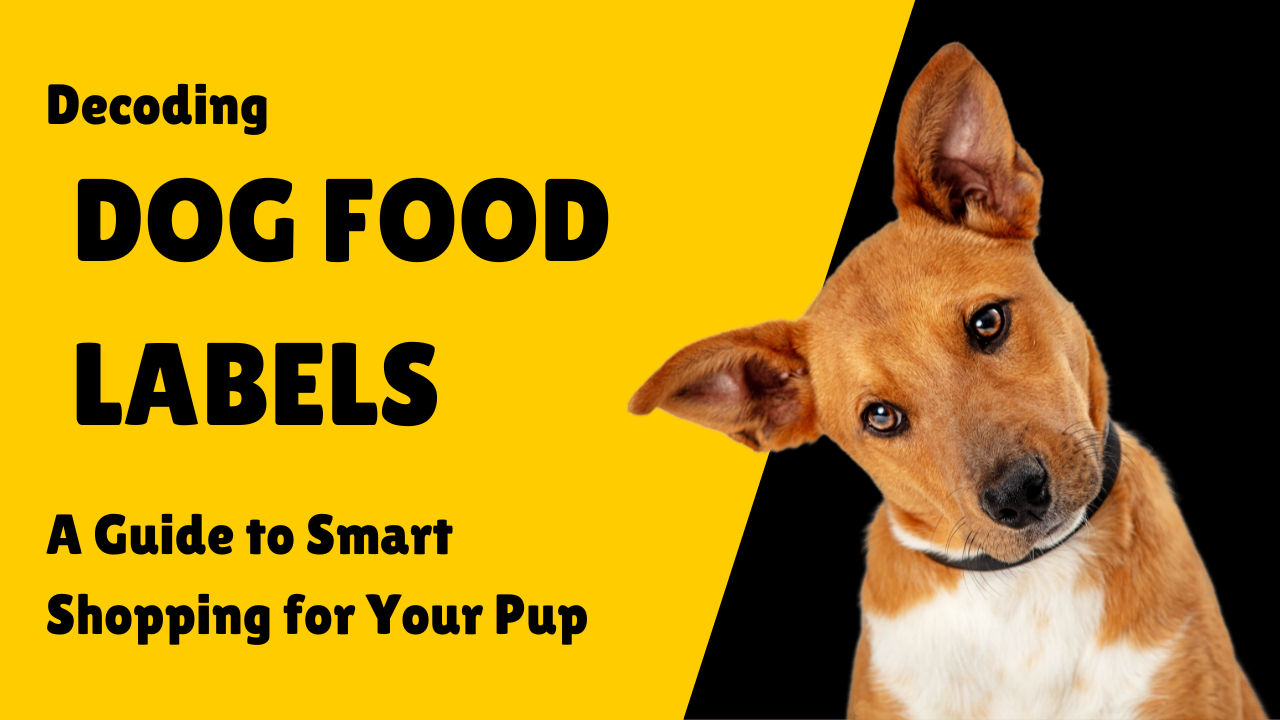Even though I’m a strong advocate for feeding your dog a balanced homemade diet, there are definitely good commercial brands out there as well. But how to pick the right one for your pup? With so many options lining the shelves, deciphering those labels can feel like navigating a maze. I’m here to guide you through the process and ensure you make informed choices for your beloved canine companion.
Start with the Ingredients List
The ingredients list is your first clue to the quality of the dog food. Look for whole foods like meat, fish, and vegetables listed at the beginning. These should ideally be the main ingredients, indicating a higher protein content and nutritional value. Avoid foods with vague or generic terms like “meat by-products” or “animal digest,” as these can be low-quality protein sources.
Check for Named Protein Sources
Quality dog foods will specify the type of meat or fish used, such as “chicken,” “salmon,” or “beef.” Avoid foods that simply list “meat” or “poultry” without specifying the source, as these may contain less desirable parts of the animal.
Mind the Fillers and Additives
Watch out for fillers and additives like corn, wheat, soy, and artificial preservatives, colours, and flavours. These ingredients offer little to no nutritional value and can contribute to allergies, digestive issues, and obesity in dogs. Opt for foods with minimal, natural ingredients to ensure your pup gets the best nutrition possible.
Look for Complete and Balanced Formulas
Dog food labels should indicate whether the product meets the nutritional requirements of organisations like EU Food Safety (USDA). Look for phrases like “formulated to meet USDA nutrient profiles” to ensure your dog’s nutritional needs are met.
Pay Attention to Guaranteed Analysis
The guaranteed analysis provides information about the minimum and maximum percentages of crude protein, fat, fibre, and moisture in the food. While these numbers can give you a general idea of the food’s nutrient content, remember that they are not always accurate quality indicators. Focus more on the ingredients list and overall nutritional profile of the food.
Consider Your Dog’s Specific Needs
Every dog is unique, with different dietary requirements based on factors like age, size, activity level, and any health conditions they may have. Choose a dog food that is tailored to your dog’s specific needs, whether they require a high-protein diet for energy, a mono-protein diet for allergies, or a low-calorie option for weight management.
Consult with Your Veterinarian
When in doubt, seek guidance from your veterinarian. They can provide valuable insight into your dog’s nutritional needs and recommend specific brands or formulas that align with them. Your vet can also help you navigate any dietary restrictions or health concerns your dog may have.
Reputable Brands
Here’s a list of reputable brands to help you on your way. I am in no way affiliated with these brands and don’t gain anything if you purchase them.
- Nature’s Variety
- Edgard & Cooper
- Stella & Chewy
- Nature’s Menu
- DNA Pet Food
- Dr. Harvey’s
- Champion Petfoods (Orijen)
- Primal Pet Foods
- Only Natural Pet
- The Honest Kitchen
By following these tips and learning how to read dog food labels effectively, you can make informed choices that promote your dog’s health and longevity. Remember, the quality of your dog’s diet plays a significant role in their overall well-being, so invest the time and effort to ensure they get the nutrition they deserve.

